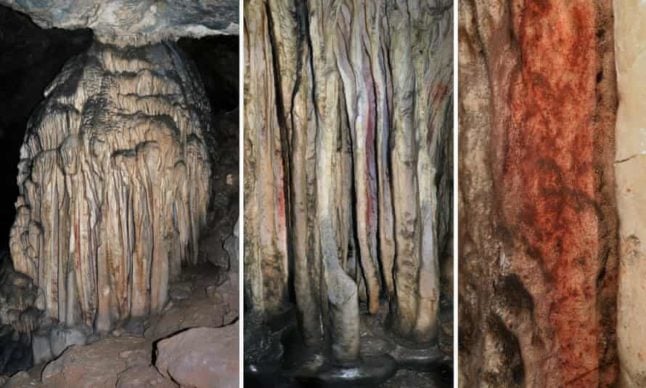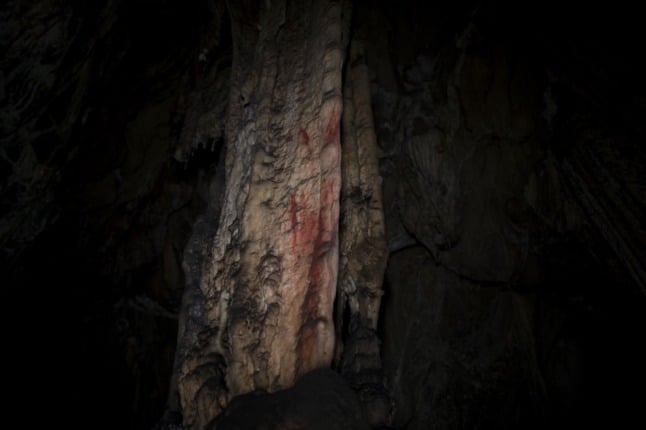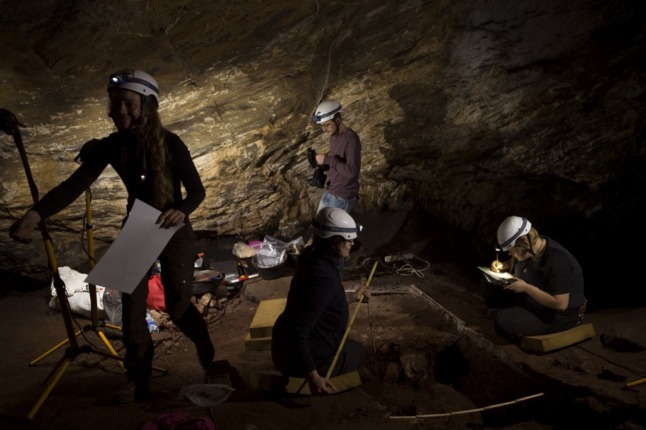Police raided the man's home in August and discovered maps of archaeological sites across Aragon plus a treasure trove of 2,000 pieces, some of them in poor condition.
They also discovered a helmet "very similar to some Celtiberian pieces auctioned in Munich," according to a Civil Guard source.
The helmets in question appeared at German auctions between 2008 and 2012 and are suspected to have been smuggled out of Spain.
National daily El Pais reported that experts are analyzing the artefacts to determine their exact origin.
The man was arrested and charged with crimes against Spanish heritage on August 4th.
His arrest is related to a series of other investigations dating back to 1990 when 4th-2nd Century B.C. Celtiberian helmets, believed by experts to come from archaeological sites in Spain, first appeared in Germany,
Despite complaints from both German and Spanish authorities, the helmets were eventually sold at auction for prices of between €19,000 and €77,000.
An investigation finally began in 2011 at the behest of Spanish authorities.
Dubbed 'Helmet I', it resulted in the arrest of Ricardo Granada who had plundered archaeological sites for 15 years to accumulate a haul of over 4,000 artefacts.
Documents and materials discovered in his possession led to a second investigation, 'Helmet II', which culminated in the raid in Zaragoza this month.
The man arrested is a known former accomplice of Granada and used to own a popular metal-detector shop.





 Please whitelist us to continue reading.
Please whitelist us to continue reading.
Member comments